
Polling the Polls: Aggregating ‘Fake News’ for the Truth on Trump’s Popularity
“
Cheers to you, brave reader for resisting the urge to route at the utterance of the infamous ‘P’ word. For while polling has surely seen better days in terms of popular perception of their validity, they’re far from what many believe them to be, useless. In fact, polling remains the best tool at the disposal of the analyst for catching the scent of where popular opinion is going, despite their imperfection.
But while the 2016 upset turned many from investing anything in the computations of pollsters and academics, the reality is, unless someone (idiotically) published a poll with a 100% chance of a Clinton win, all the polls were still right.
No, really. See, while people tend to read polls like election results, i.e., a battle for the majority, they couldn’t be less similar. When even Huffington Post, laughing stock of empiricism, gives Trump a minuscule chance of winning, they are communicating the *probability* of him doing so, while low, is still present.
That’s the brilliant secret of polls. Their output can be, and almost always is, biased. But when that output isn’t considered by its own merit, but merely regarded as a single data point amongst many iterations of itself, one can unlock a strongly grounded insight into the truth even only armed with bunches of biased data. Thus, in a display of this concept that also happens to answer a burning question, let’s break down the reality of Trump’s popularity.
The Polls
If we start by looking at polls on Trump’s approval, from the standpoint of political analytics we’re immediately pressed with a glaring concern; while the results have an average the inherent margin of error is insanely large. The proof is in the pudding as digging into the individual polls yields results ranging from 32% approval all the way to 57% approval, with disapproval yielding similarly varied findings.
It’s not limited to Trump either. If we take a quick peek at Congressional approval polls, we’ll find equally dubious data, ranging from Democrats ahead by a 17% margin in popularity to dead even at 44% apiece.
From an academic analytical perspective, the chief concern is the variation and the lurking variables influencing the wildly varied results. But where we can work a little statistical magic is in understanding that the entire slew of confounding factors we have no chance of organizing or even listing, are almost universally rooted in the same thing, bias.
Whether the pollsters’ bias manifests in skewed sampling or the sample’s proximity biases the results more organically, we can regardless identify it exists because the polls are all different. So, what can we do?
The answer is actually more intuitive than you might think. We account for them by using the end results as the sample, complete with all the inherent bias we already account for in humans. In other words, we poll the polls like they were people to (in simplistic terms) ‘cancel out’ the bias, the ‘fake news.’
But wouldn’t using the polls results just end up at the same useless average?
If we were concerned with only a single day’s data, sure. But we’re deciphering the truth doing something different, aggregating the polls over time.
The Truth
Let’s go back to the example of the Huffington Post. Since Huffpo had the audacity to give Clinton a 99% chance of victory, we already knew they were, frankly, full of crap. *But*, if we viewed Huffpo instead as a ‘person’, an individual in our sample, we could have caught on to something essentially nobody knew at the time absent the truly faithful (probably for the wrong reasons), Trump had a real chance of winning.
See, if we looked at HuffPo’s nitty gritty data as the election drew ever nearer, we would have noted one key pattern even with all the crud; Trump’s chances were improving (or at a point) firmly enough such that even Huffington Post had to cede him greater probability using their same awful methodology.
*Over Time* Huffpo and other polls spelled out the truth in the *aggregate*.
So, what happens when we do this to Trump’s popularity now? Well, referring to those links, or for an upgrade 538’s eternally updating data one thing becomes clear, even without doing the ‘boring stuff’ to find a trendline slope which is available, Trump (and Republicans) are improving in popularity.
While Dems are too, somewhat, that’s much less surprising for the outsider party in a midterm and the output is only about where they were early in the administration. What’s much more uncommon is Trump’s popularity steadily increasing in the aggregate when observed over time. In other words, all our ‘people’ polled (the polls) are empirically warming to Trump all possible bias accounted for, which tells us America likely is too.
Conclusions
While the polls are still polls and not immutable laws of physics, Trump’s steady improvement is almost statistically undeniable as reality. What this means for his party is potentially good things to come, or at least an outcome not as bad as it would have been in earlier less popular days.
I’ll leave you with one incredibly hard-hitting piece of factual information. If you refer back to 538 I’ll draw your attention to this crucial chart
This is Obama’s approval stacked against Trump on each and every exact same day of their presidency. While Obama came in extremely popular, he had dipped to a 45% aggregate by day 627 (today).
Get this: That is only 2.5% more than Trump at the same exact point.
While Obama saw a steep decline to reach that point (largely thanks to legislative debacles) we can easily remember that the Democrats were slaughtered in those midterms by a stunning resurgent Republican party. But for Trump this popularity point is pretty much where he started; I’ll let you make that final mental hurdle.
By all means, when using polls in a manner that accounts for their inherent insane variability and bias, the news is good for Trump. While declaring Obama’s unpopular floor and Trump’s popular ceiling congruent (and thus destined for the same Republican upswing) would be a Huffpo worthy false equivalency, we’re totally within the bounds of validity to use it as an incredibly powerful and for once, well founded piece of information from the Polls.
”





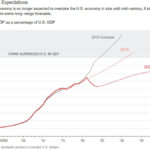





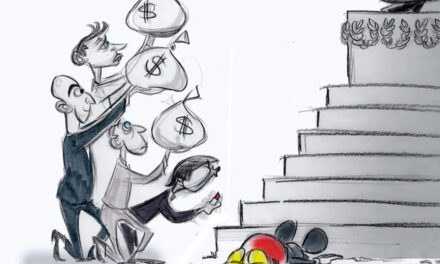
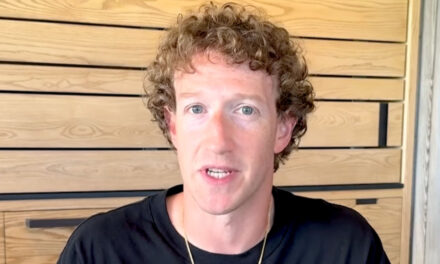


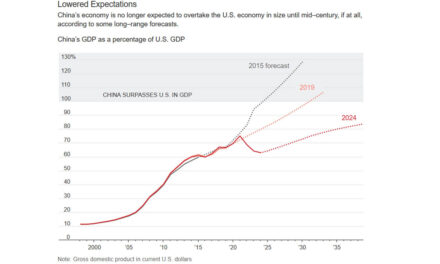
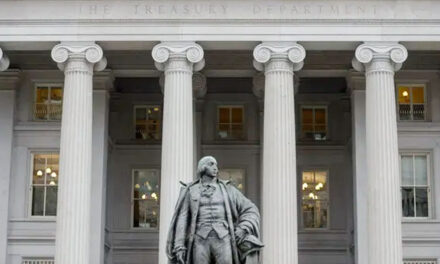






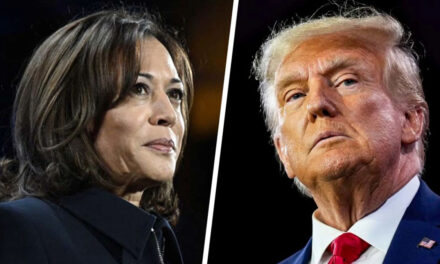


Alright folks, for the last time this is the scam the propaganda pollsters use…they call a person and ask if he is a democrat or a republican…if the person says he is a democrat they ask him the questions and then mark him down as a republican…Now when they call the person and find out he/she is a republican they simple hang up on the person….and that my friends is how modern day polling is conducted…one may ask how do I know…???
Because I was hung up on by a polling company!
Polls should be verified by the “NUMBER” of contributions “NOT” the total amount. People tend to motivatedly vote for those whom they have invested in.
No one should be in jail
Guess what is coming Dem’s relative to the 2016 election. Yes, you are right, it is deja vu all over again as the Biden/Harris ticket gets smashed due to many things but most of all Biden’s criminal behavior with Ukraine, his quickly disappearing mental faculties, his support for Antifa, BLM, riots, etc. and Harris’s appalling record as a prosecutor in SanFran along with her rather salty relationship with a married Willie Brown. We do not want more of the Clinton Karnival.
Yup, I hear it like a train coming down the track!